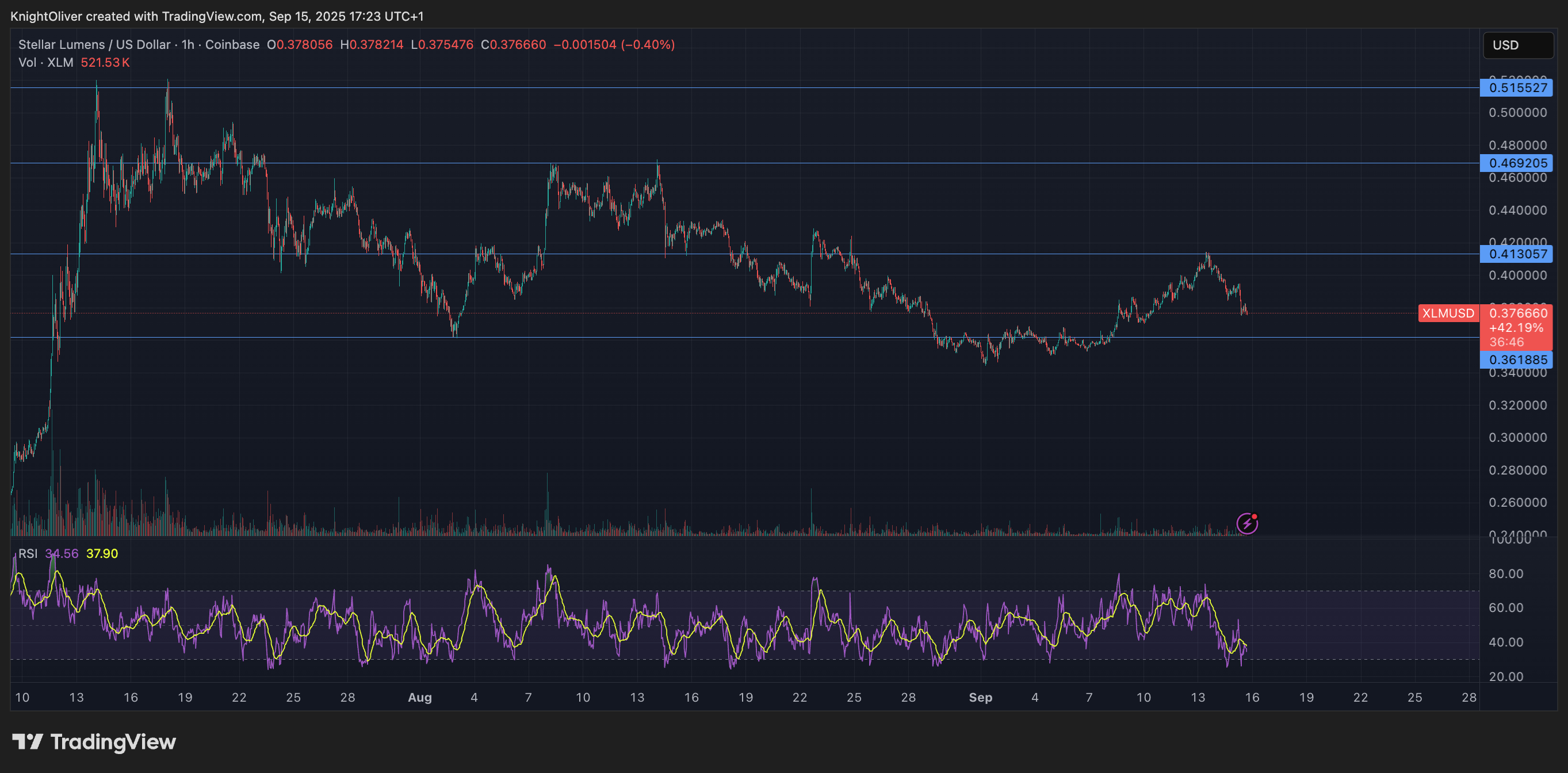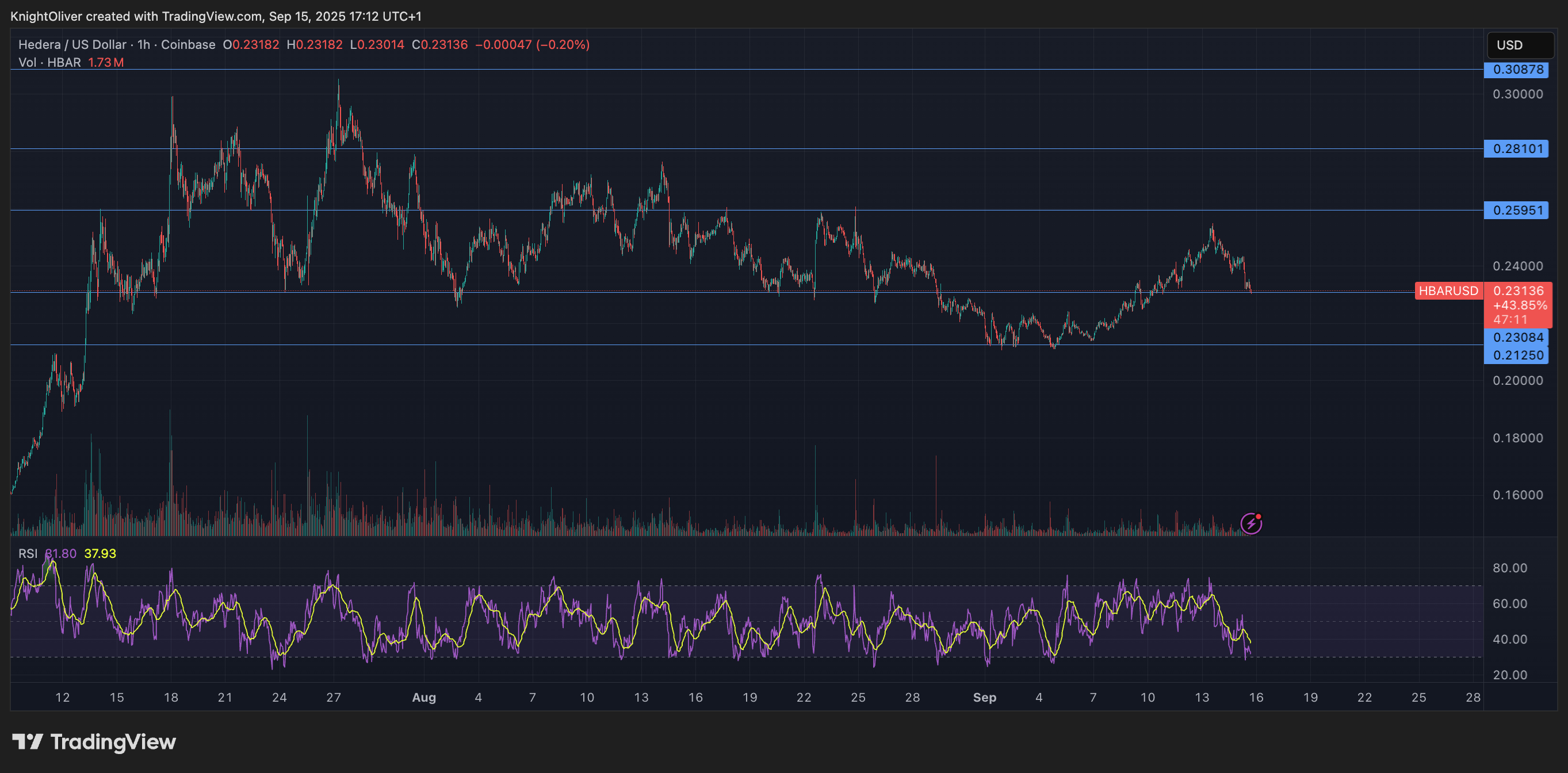Uncategorized
Avalanche Blockchain’s Largest-Ever Upgrade Goes Live on Testnet

Avalanche, the eighth-largest blockchain by total value locked (TVL), is moving ahead with a major technical makeover.
The Avalanche9000 upgrade went live in a test network environment (testnet) Monday, bringing the changes one step closer to the main network (mainnet), the Avalanche Foundation said.
Avalanche9000 will be the largest upgrade that Avalanche has seen. It is designed to cut the costs of sending transactions, operating validators and building apps on the network, whose native token {{AVAX}} is the 11th-largest cryptocurrency, with a $16 billion market cap.
The foundation is trying to attract developers to Avalanche and encourage users to create customized blockchains using its technology, known as subnets. Somewhat confusingly, subnets are now officially referred to in the Avalanche community as «L1s,» even though they are roughly analogous to the layer-2, or L2, networks that augment Ethereum and other blockchains. (Avalanche’s «primary network,» the equivalent of a layer-1 in other ecosystems, is considered a subnet.)
The team is hoping to bring Avalanche9000 to mainnet by yearend. Also known as the Etna Upgrade, Avalanche9000 consists of seven proposals, but the two most significant changes are ACP-77 and ACP-125.
Roll your own
The ACP-77 proposal would allow for a new type of validator with which users can launch their own subnets. The new validators will be significantly cheaper to operate, lowering the barrier to entry. The validators will also be permissionless, meaning anyone, from the operator of a decentralized exchange to the developers of another blockchain, can spin one up.
“Before this upgrade, it wasn’t possible for a dYdX or Monad to use Avalanche to launch their own L1. And that was because all the chains were permissioned, and that was the only functionality that was available,” said Luigi D’Onorio Demeo, the chief operation officer of Ava Labs, the main developer firm behind Avalanche, in an interview with CoinDesk. “So after this upgrade, we can have a chain with thousands of validators that wasn’t possible before.”
The ACP-125 proposal would lower the base fee, or minimum cost of running computations, on the primary Avalanche network’s C-chain, the main chain that runs smart contracts, from 25 nAVAX (about $0.00000098) to 1 nAVAX ($0.00000004.) One nAVAX equals one-billionth of one AVAX. (Avalanche also has a P-chain where users can stake AVAX and operate validators and an X-chain which is used for sending and receiving funds.)
“This basically puts C-chain fees equivalent to Arbitrum and Polygon,” D’Onorio Demio said, referring to two of the leading L2s on the Ethereum chain.
Referral grants
In addition to Avalanche9000 going live on testnet, the blockchain’s grants program, Retro9000, opened up Monday for developers to register and start building subnets in the testing environment. The foundation will reward them retroactively when they launch those subnets on mainnet.
“We’d love to see people experiment with different types of infrastructure like staking contracts. We’d love to see people experiment by building their own L1s,” D’Onorio Demio told CoinDesk. “If you’re more in the market for building a chain, this is a great way to start.”
Retro9000 has $40 million in rewards to distribute, with $2 million designated for business development executives, influencer-investors («key opinion leaders«) and the like who refer others to build on Avalanche.
“For the referral component: the idea there is if you’re a KOL or a BD person, and you know people that are potentially viable to build this kind of stuff, they can list you as a referral. And you will be eligible to also receive parts of the $2 million as well in retroactive grants,” D’Onorio Demio said.
Read more: Avalanche Unveils $40M Grant Program Ahead of ‘Avalanche9000’ Upgrade
Uncategorized
Wall Street Bank Citigroup Sees Ether Falling to $4,300 by Year-End

Wall Street giant Citigroup (C) has launched new ether (ETH) forecasts, calling for $4,300 by year-end, which would be a decline from the current $4,515.
That’s the base case though. The bank’s full assessment is wide enough to drive an army regiment through, with the bull case being $6,400 and the bear case $2,200.
The bank analysts said network activity remains the key driver of ether’s value, but much of the recent growth has been on layer-2s, where value “pass-through” to Ethereum’s base layer is unclear.
Citi assumes just 30% of layer-2 activity contributes to ether’s valuation, putting current prices above its activity-based model, likely due to strong inflows and excitement around tokenization and stablecoins.
A layer 1 network is the base layer, or the underlying infrastructure of a blockchain. Layer 2 refers to a set of off-chain systems or separate blockchains built on top of layer 1s.
Exchange-traded fund (ETF) flows, though smaller than bitcoin’s (BTC), have a bigger price impact per dollar, but Citi expects them to remain limited given ether’s smaller market cap and lower visibility with new investors.
Macro factors are seen adding only modest support. With equities already near the bank’s S&P 500 6,600 target, the analysts do not expect major upside from risk assets.
Read more: Ether Bigger Beneficiary of Digital Asset Treasuries Than Bitcoin or Solana: StanChart
Uncategorized
XLM Sees Heavy Volatility as Institutional Selling Weighs on Price

Stellar’s XLM token endured sharp swings over the past 24 hours, tumbling 3% as institutional selling pressure dominated order books. The asset declined from $0.39 to $0.38 between September 14 at 15:00 and September 15 at 14:00, with trading volumes peaking at 101.32 million—nearly triple its 24-hour average. The heaviest liquidation struck during the morning hours of September 15, when XLM collapsed from $0.395 to $0.376 within two hours, establishing $0.395 as firm resistance while tentative support formed near $0.375.
Despite the broader downtrend, intraday action highlighted moments of resilience. From 13:15 to 14:14 on September 15, XLM staged a brief recovery, jumping from $0.378 to a session high of $0.383 before closing the hour at $0.380. Trading volume surged above 10 million units during this window, with 3.45 million changing hands in a single minute as bulls attempted to push past resistance. While sellers capped momentum, the consolidation zone around $0.380–$0.381 now represents a potential support base.
Market dynamics suggest distribution patterns consistent with institutional profit-taking. The persistent supply overhead has reinforced resistance at $0.395, where repeated rally attempts have failed, while the emergence of support near $0.375 reflects opportunistic buying during liquidation waves. For traders, the $0.375–$0.395 band has become the key battleground that will define near-term direction.

Technical Indicators
- XLM retreated 3% from $0.39 to $0.38 during the previous 24-hours from 14 September 15:00 to 15 September 14:00.
- Trading volume peaked at 101.32 million during the 08:00 hour, nearly triple the 24-hour average of 24.47 million.
- Strong resistance established around $0.395 level during morning selloff.
- Key support emerged near $0.375 where buying interest materialized.
- Price range of $0.019 representing 5% volatility between peak and trough.
- Recovery attempts reached $0.383 by 13:00 before encountering selling pressure.
- Consolidation pattern formed around $0.380-$0.381 zone suggesting new support level.
Disclaimer: Parts of this article were generated with the assistance from AI tools and reviewed by our editorial team to ensure accuracy and adherence to our standards. For more information, see CoinDesk’s full AI Policy.
Uncategorized
HBAR Tumbles 5% as Institutional Investors Trigger Mass Selloff

Hedera Hashgraph’s HBAR token endured steep losses over a volatile 24-hour window between September 14 and 15, falling 5% from $0.24 to $0.23. The token’s trading range expanded by $0.01 — a move often linked to outsized institutional activity — as heavy corporate selling overwhelmed support levels. The sharpest move came between 07:00 and 08:00 UTC on September 15, when concentrated liquidation drove prices lower after days of resistance around $0.24.
Institutional trading volumes surged during the session, with more than 126 million tokens changing hands on the morning of September 15 — nearly three times the norm for corporate flows. Market participants attributed the spike to portfolio rebalancing by large stakeholders, with enterprise adoption jitters and mounting regulatory scrutiny providing the backdrop for the selloff.
Recovery efforts briefly emerged during the final hour of trading, when corporate buyers tested the $0.24 level before retreating. Between 13:32 and 13:35 UTC, one accumulation push saw 2.47 million tokens deployed in an effort to establish a price floor. Still, buying momentum ultimately faltered, with HBAR settling back into support at $0.23.
The turbulence underscores the token’s vulnerability to institutional distribution events. Analysts point to the failed breakout above $0.24 as confirmation of fresh resistance, with $0.23 now serving as the critical support zone. The surge in volume suggests major corporate participants are repositioning ahead of regulatory shifts, leaving HBAR’s near-term outlook dependent on whether enterprise buyers can mount sustained defenses above key support.

Technical Indicators Summary
- Corporate resistance levels crystallized at $0.24 where institutional selling pressure consistently overwhelmed enterprise buying interest across multiple trading sessions.
- Institutional support structures emerged around $0.23 levels where corporate buying programs have systematically absorbed selling pressure from retail and smaller institutional participants.
- The unprecedented trading volume surge to 126.38 million tokens during the 08:00 morning session reflects enterprise-scale distribution strategies that overwhelmed corporate demand across major trading platforms.
- Subsequent institutional momentum proved unsustainable as systematic selling pressure resumed between 13:37-13:44, driving corporate participants back toward $0.23 support zones with sustained volumes exceeding 1 million tokens, indicating ongoing institutional distribution.
- Final trading periods exhibited diminishing corporate activity with zero recorded volume between 13:13-14:14, suggesting institutional participants adopted defensive positioning strategies as HBAR consolidated at $0.23 amid enterprise uncertainty.
Disclaimer: Parts of this article were generated with the assistance from AI tools and reviewed by our editorial team to ensure accuracy and adherence to our standards. For more information, see CoinDesk’s full AI Policy.
-

 Business11 месяцев ago
Business11 месяцев ago3 Ways to make your business presentation more relatable
-

 Fashion11 месяцев ago
Fashion11 месяцев agoAccording to Dior Couture, this taboo fashion accessory is back
-

 Entertainment11 месяцев ago
Entertainment11 месяцев ago10 Artists who retired from music and made a comeback
-

 Entertainment11 месяцев ago
Entertainment11 месяцев ago\’Better Call Saul\’ has been renewed for a fourth season
-

 Entertainment11 месяцев ago
Entertainment11 месяцев agoNew Season 8 Walking Dead trailer flashes forward in time
-

 Business11 месяцев ago
Business11 месяцев ago15 Habits that could be hurting your business relationships
-

 Entertainment11 месяцев ago
Entertainment11 месяцев agoMeet Superman\’s grandfather in new trailer for Krypton
-

 Entertainment11 месяцев ago
Entertainment11 месяцев agoDisney\’s live-action Aladdin finally finds its stars





